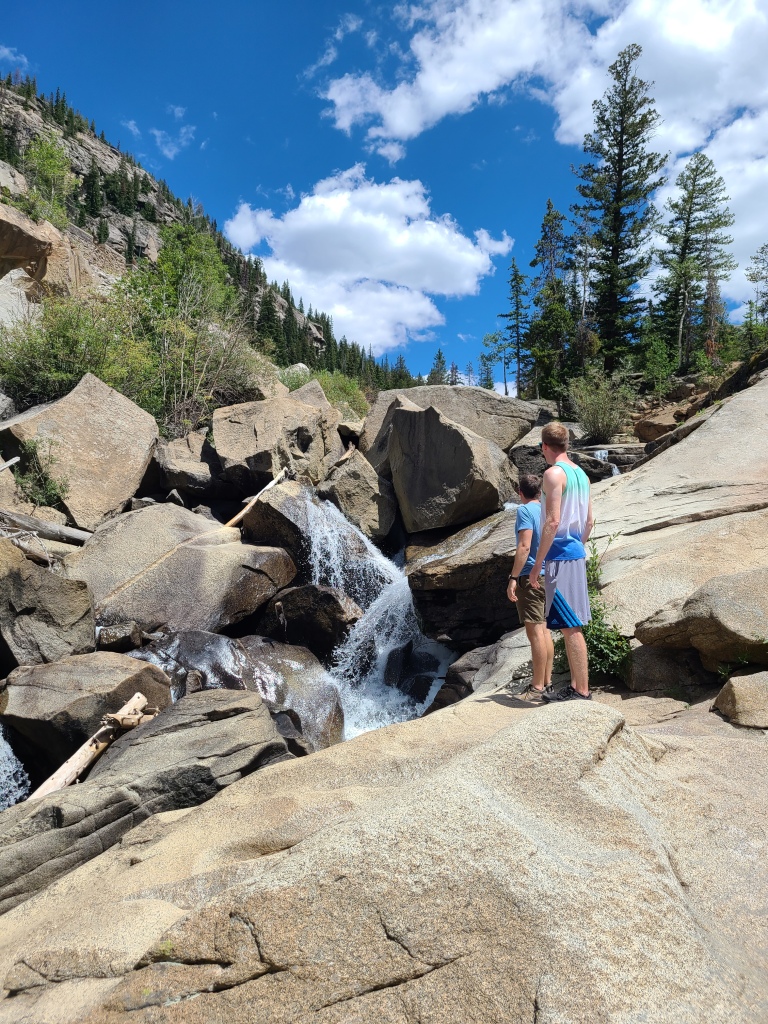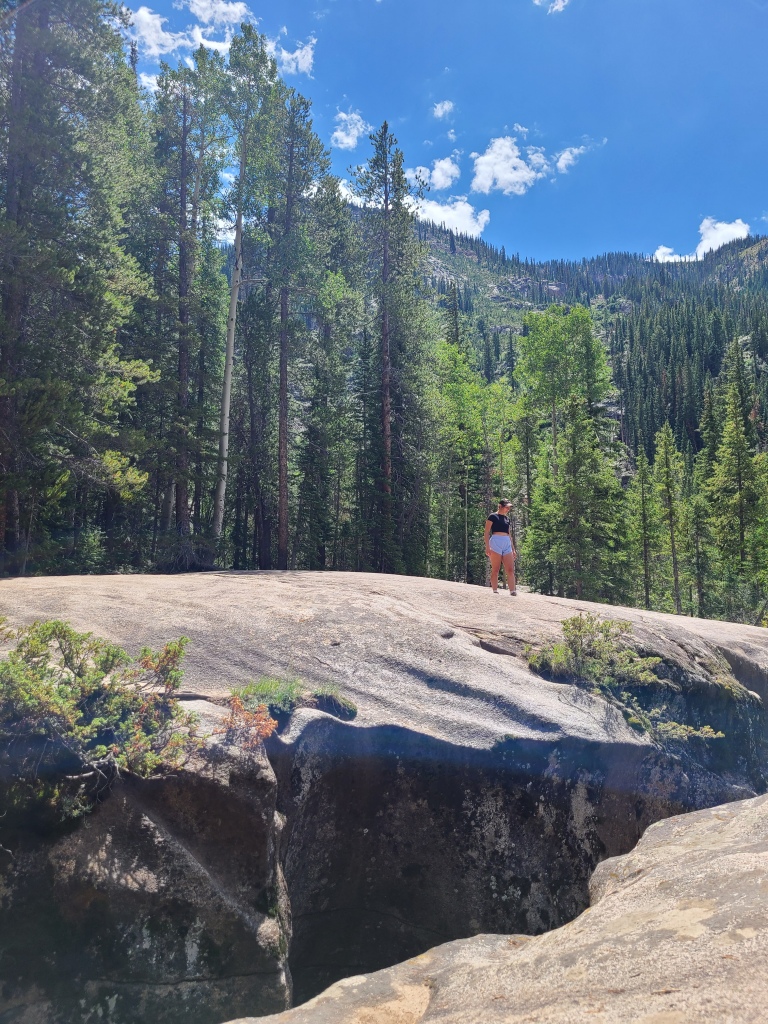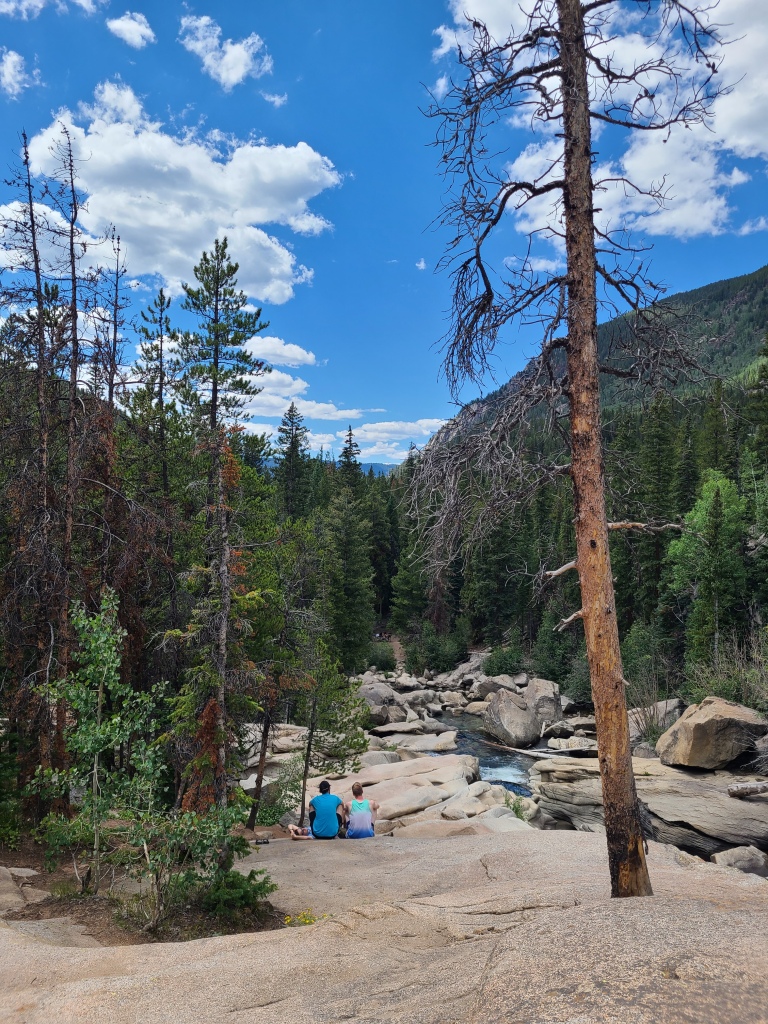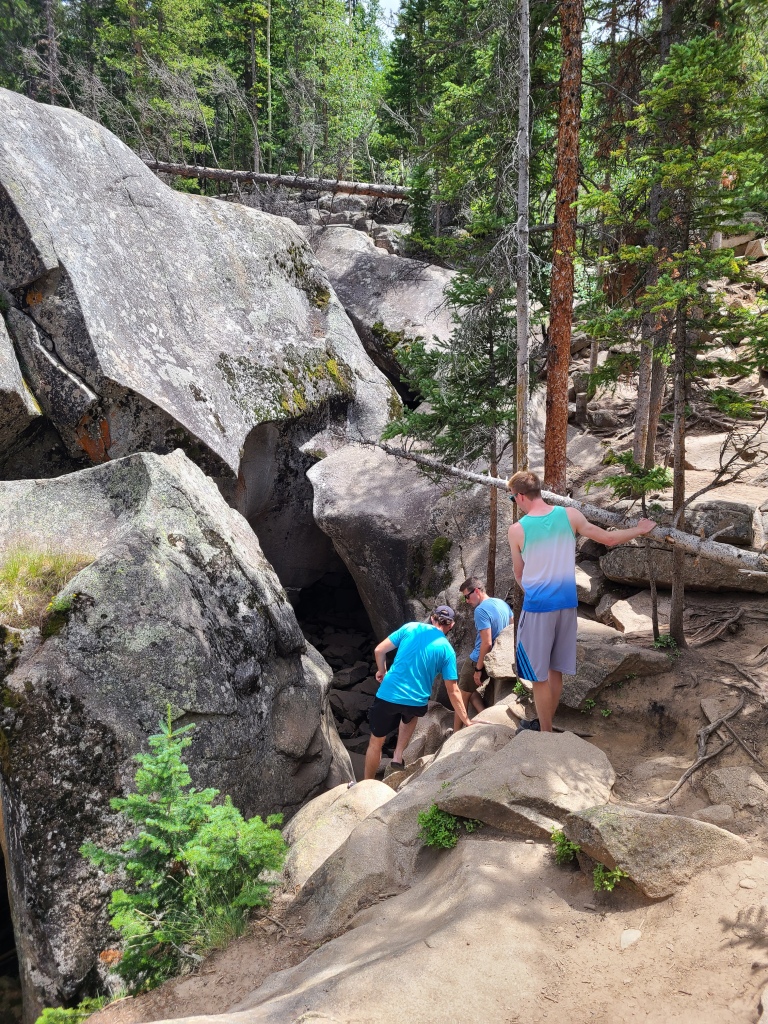The Colorado River needs no introduction. Carving its way through the Rocky Mountain range, this river has been the creator and subject of many photographers’ dreams. However, with the snowmelt across the range, there are a lot of unsung heroes that contribute to this glory with little to no recognition: the tributaries of the Colorado River.
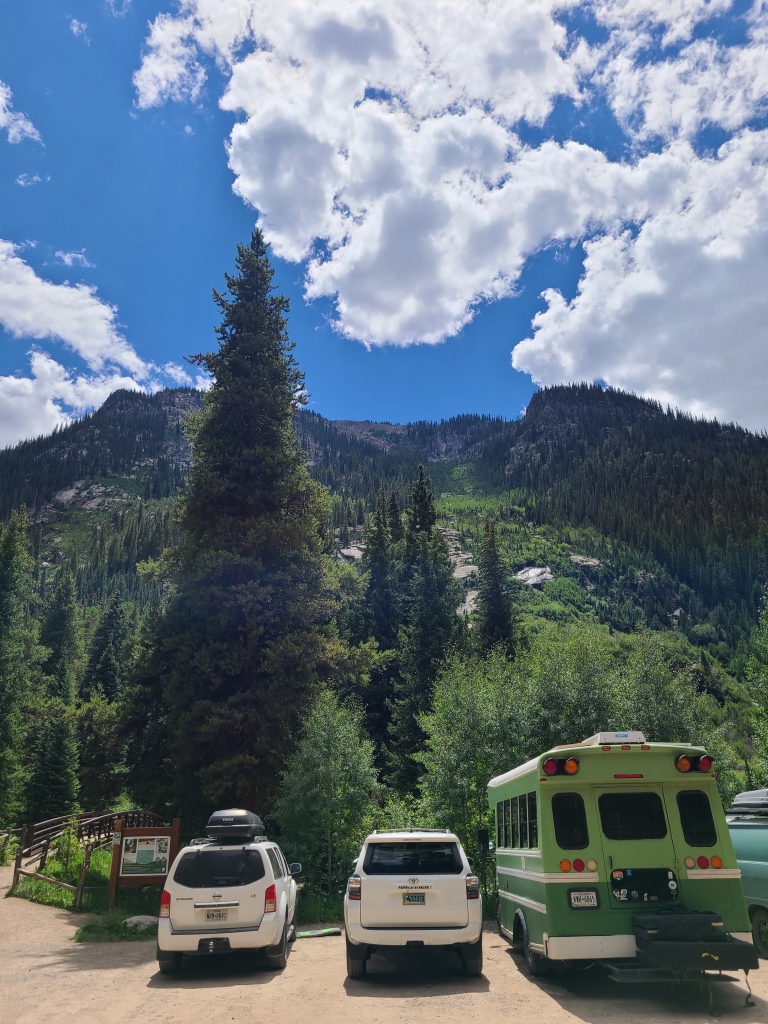
We took a short day trip loop from Breckenridge, through Aspen, to Glenwood Springs and back again. On our way, we decided to give a little piece of glory back to one of these tributaries: the Roaring Fork River. State Highway 82 follows the river for the majority of its path, passing through Aspen, Woody Creek, Basalt and Carbondale before merging with 1-70 in Glenwood Springs. While the view of the river is stunning from your car windows, it’s even better if you know where to go…the Grottos.
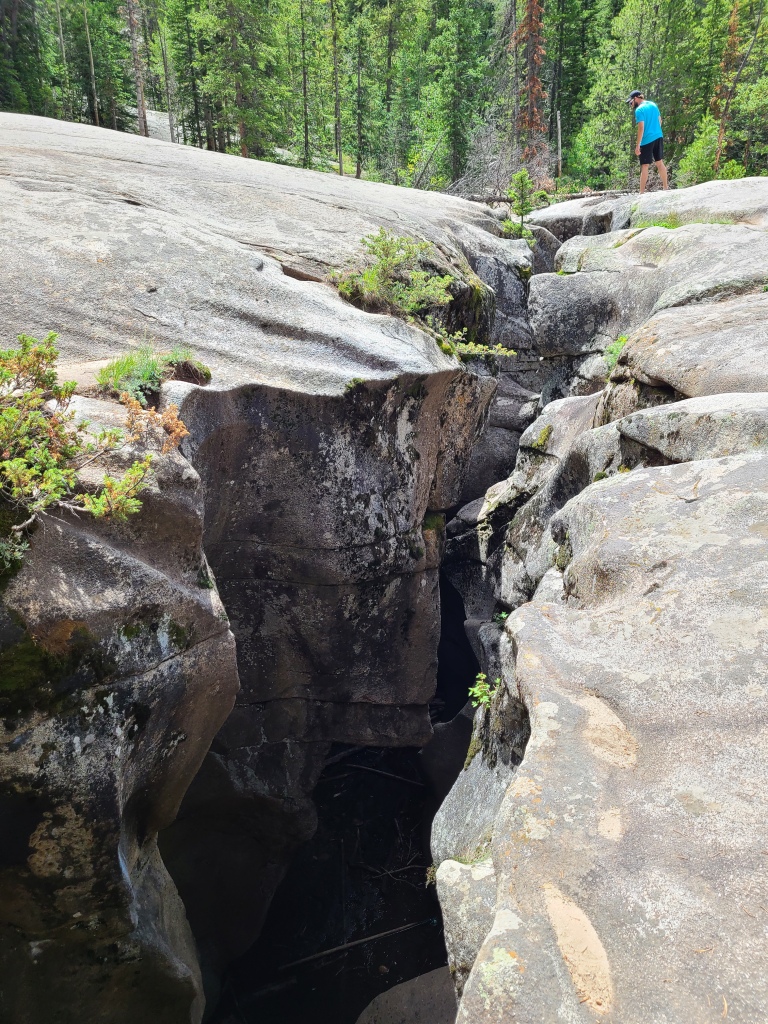
Dazed in the backseat, admiring the tall pines and fallen boulders, I never would have seen the entrance had it not been for Evan’s detailed direction. It looks similar to a passing shoulder when you’re coming up on it, but then you realize it goes further back into a series of parking areas. To make sure you don’t miss it, you’ll want to put Grottos Day Use Area into your Google Maps. It’ll be on your right coming from Aspen and on your left coming from Breckenridge. However, this road is closed from October to May, so plan your trip accordingly.
Once you enter the parking lot, you’ll find a quiet area with some picnic tables and shallow water you can wade in. This is a great spot to hang out with young kids and have a casual picnic, or just if you want to enjoy the peaceful waters. If you’re looking to add a bit of adventure to your roadside hangout, you’ll want to cross over the bridge — that’s where the real magic begins. In your haste to reach the other side, don’t neglect to enjoy the view of the shallow stream reflecting the towering pines. On the opposite shore, you can go on a hike, explore the ice caves or see the cascades.
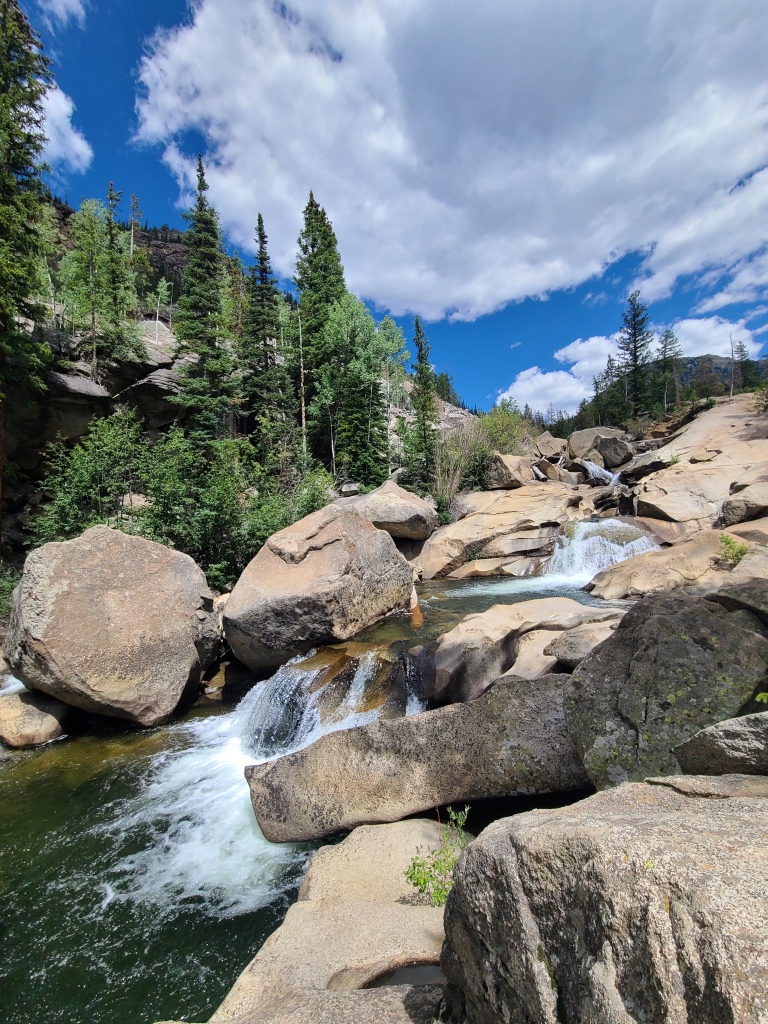
Evan was somewhat of our ‘local’ guide since he’s visited the Grottos before, but there were plenty of signs to direct you to your desired location. We took a short trail to check out the ice caves, a series of underground caverns that were eroded by the rushing water. There are ways to get in and explore, but we played it safe and enjoyed the view looking in from cracks and holes from above. If you do choose to enter the ice caves, make sure you are able to get out the same way you got in because you might not be able to find another way — and don’t explore alone.
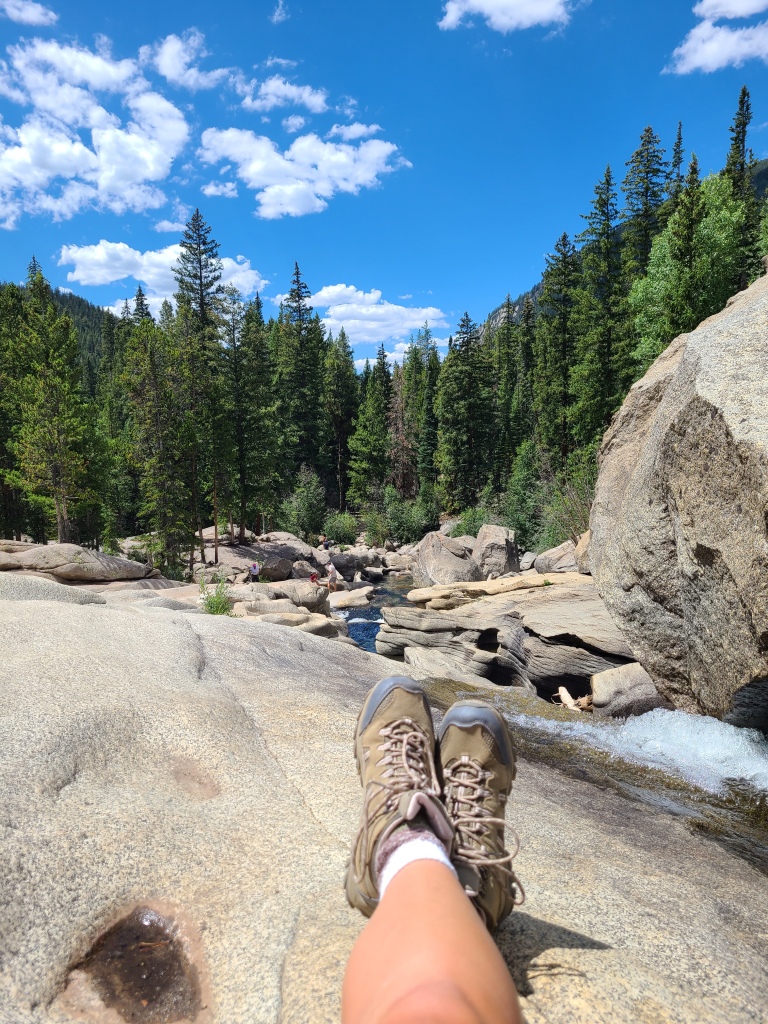
Next, we ventured down to the cascades. The parking lot had been full when we arrived, but there was hardly anyone within eyesight once we got to the cascades. The falls were like a hidden oasis within the pine forest with boulders smooth and rounded from years of erosion. The rushing of water filled your ears and drowned out the sounds of the road cutting through the mountainside above. Refreshingly cool, we dipped our toes into the flooded pools and basked in the sun like a lizard on a rock.
The view from the top of the cascades was stunning, looking down the rushing water and up at the faded blue mountains in the distance. It makes you realize just how big the world is when you’re standing at the base of a mountain, but it’s all connected. Like the individual snowflakes that build up on the mountaintops and the sun’s rays that send them cascading down the mountain to the small tributaries that flow into the great Colorado River — all these pieces fit together to make something grand possible.
Check out my video on Instagram for a live look at the Grottos: https://www.instagram.com/p/Cn7rJB6Ap5M/?hl=en




